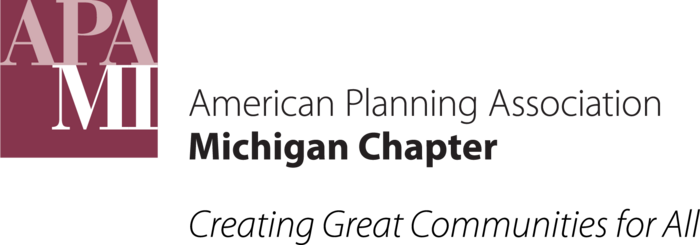Complete Story
03/25/2024
Survey says! Changes to the ZONE DISTRICTS lead the way in zoning reform
Communities amend zoning text to allow new residential uses in existing districts
There were only two tools that were used by the majority of communities that responded to the survey, and they’re variations on a theme: text amendments permitting new residential uses in existing districts.
For 64% of respondents, this meant allowing residential uses in districts that were once exclusively commercial. Central business districts have long been “re-legalizing” the residential-above-commercial mixed use model that built most of our historic downtowns. This strategy builds on the same principle of co-locating residential and commercial uses, allowing “new residential development to occur in between existing buildings, on under-utilized parking lots, on the out lots surrounding other retail, or above commercial or office uses,” according to the Toolkit. Placing residential development here capitalizes on existing infrastructure, including streets capable of supporting transit, while minimizing objections from neighboring properties, raising tax capture, and often revitalizing tired commercial corridors. This strategy depends on making livability investments to transform an auto-oriented corridor, like street trees, traffic calming, and pedestrian facilities, because locating affordable housing amid inhospitable conditions is simply income segregation.
- Sturgis Master Plan
- New Buffalo Township Master Plan
- Royal Oak Zoning Ordinance
- Mount Pleasant Zoning Ordinance
More than half of communities (55%) also reported chipping away at the monoculture of detached dwellings by expanding permitted housing types in residential districts. They are, after all, residential uses. The practice of adopting and enforcing single-family-only zoning on the majority of a community’s land arrived in most of the country on a wave of racial segregationist intent that was purposely obscured. Requiring each dwelling unit to be detached enforces income segregation: its extravagant land and infrastructure consumption means that it is the most expensive housing format to build and maintain, even without affecting density or housing quality. But maintaining (and paying for!) a structure, utility connections, a yard, parking facilities, and public easements like sidewalks in addition to living space doesn’t work for everyone. Permitting two-family dwellings was a once-common practice that allowed a homeowner to offset out-of-reach home prices with rental income. The Federal Housing Authority offers “single family” mortgages to owner-occupiers of structures with up to four units. As the Toolkit notes, including in our neighborhoods “duplexes, accessory dwelling units, townhomes, and apartment buildings is a way to serve the needs of Michigan’s residents, increase housing supply, and increase housing affordability.”
Examples in the Toolkit:
- Warren Master Plan
- Marquette Master Plan
- Grand Haven Zoning Ordinance

